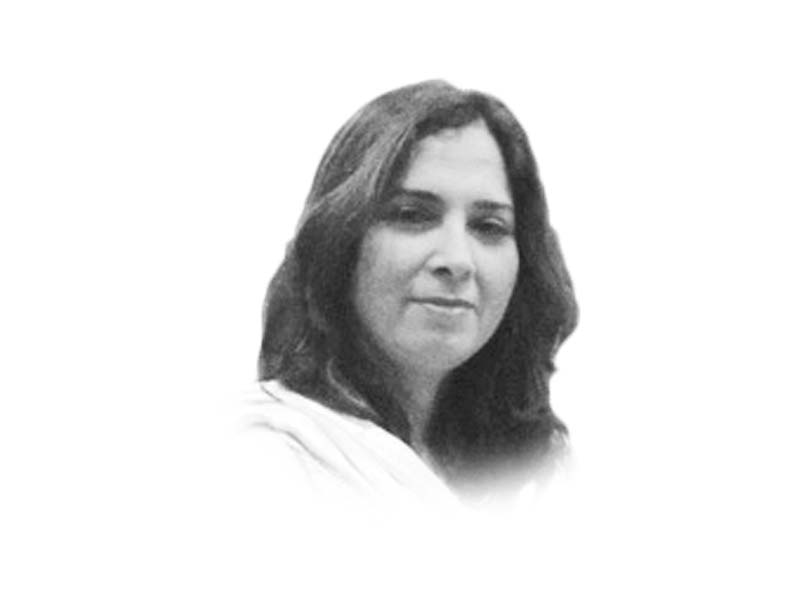
The latest illustration of mainstreaming hatred has been the mayhem in Christchurch on March 15, 2018, where an ordinary man, called Brenton Tarrant, took it upon himself to cleanse New Zealand of the “intruders” — this time the Muslims — and killed 50 people. In 2011, similar scenes were recorded when Andréas Breivik, a Norwegian far-right militant, killed 78 people in government buildings and a youth summer camp. These men had come to believe that diversity, pluralism and migration have smeared the civilisations to which they belonged. Al Baghdadi, Osama bin Laden, al Zarqawi and many of their ilk were also thinking in civilisational terms when they unleashed hatred, followed by atrocities to cleanse their worlds of the intruders.
It seems that our world was much more “manageable” during the Cold War era. Bipolarity had made identification of enemies straightforward. Alliances made life easier for smaller powers to survive. Capitalism with a new subtitle — globalisation — had become an antidote to all human miseries. Humanity had come of age having learned to co-exist.
At least this was how a few positivists interpreted the new world order. But there were people who had long suspected the world breaking down into new fault lines once the tensions between the US and the Soviet Union were over. A parallel fear had been documented about the rise of a new enemy from the ashes of the Soviet-Afghan war.
The US strategy to borrow from Jihad the power to cull evil was an act of putting up a new ideology based on religion.
Knowing that no war could be won unless backed by some philosophy, the Mujahedeen — as those fighting the Soviet Union’s invasion of Afghanistan came to be known — were brainwashed into believing that Afghanistan’s Islamic identity, long in danger, was on the cusp of getting supplanted with the Soviet-driven political order masked in communism.
What the US had failed to grasp was the dimension in which Islam was practised in Afghanistan. The Afghans had interpolated their cultural values in the Islamic rulings, making a complex matrix of injunctions then came to be known as tribal Islam. No sooner than the US had left Afghanistan, and the Soviet Union was dismantled, the world saw an unprecedented rise of ethnic and sectarian violence. Since most of these atrocities unfolded in Muslim countries or had one way or the other Muslims involved in them, Islamist extremism and fundamentalism became the new threats.
The world now had a new enemy — terrorism — but without face. This enemy assumed a new name as situation and circumstances changed. Unlike in early 2000 when al Qaeda was the household name for terrorism, today ISIS has become a new dread, especially in the context of Asia.
In July 2018, China, Iran, Russia and Pakistan held a joint consultation meeting of their intelligence agencies to discuss measures to confront the growing influence of ISIS in the region. There was a consensus about ISIS consolidating itself in Asia. The Russian representative, Sargai Narshan, informed his counterparts in the meeting about the active presence of 10,000 ISIS terrorists in nine provinces of Afghanistan. The intelligence heads of the four countries agreed to share intelligence on ISIS and other terrorist groups.
On January 27, 2019, ISIS attacked a Sunday mass on a southern Philippine island, killing 23 people. More graphic was the illustration made viral in which President Rodrigo Duterte of the Philippines was shown kneeling on a pile of skulls, before a militant standing on him with a dagger. The caption of the illustration read, “The fighting has just begun”.
There is a scholarly agreement that it was “the US, Europe and their regional allies that created the conditions for the rise of ISIS”. In Iraq, the US was supporting Shias at the cost of alienating the Sunnis, and in Syria the US and its Arab and western allies were supplying weapons to the rebels with absolutely no oversight as to where and how they were being used. This was a perfectly enabling environment to assemble the infrastructure for an Islamic state.
Before, it was in Camp Bucca, the US jail in Iraq, that al Baghdadi and other top ISIS commanders had assumed the leadership stature.
According to Terrence McCoy’s writing in The New York Times, the history of the ISIS begins from the Bucca Camp. In 2009, some of the most radical Jihadists detained in the camp over several years were released to the peril of giving another jolt to the already-dishevelled Middle East.
The irony being that before the incarceration in Bucca, al Baghdadi and other violent radicals wanted to destroy America, but later their plan had extended to kill even the Muslims.
Describing ISIS leadership’s time in Bucca, military veteran Andrew Thompson and academic Jeremi Suri wrote in The New York Times, “Their time in prison deepened their extremism and gave them opportunities to broaden their following. The prisons became virtual terrorist universities: the hardened radicals were the professors, the other detainees were the students, and the prison authorities played the role of absent custodian.”
The first issue of the ISIS magazine Dabiq, now discontinued, had the title: “The Return of Khilafah”. It was going back to the basics, making the hardliners believe that unless an Islamic state was rebuilt on the structure defined by four Caliphs, Muslims cannot rise and shine. The path chosen by ISIS to build this so-called state was in complete variance with the track the rightly-guided Caliphs had adopted. ISIS is remembered by most for its savagery and brutality and for creating more divisions among the Muslims than for uniting the Muslims.
Prejudice is part of being human, until the time it is taken over by religiously-manufactured fear, and absolutism that legitimise violence.
The mayhem in Syria and Yemen on sectarian lines, persecuting minorities whether Muslims or Christians; the rise of nationalism in Buddhists; and the refusal to accommodate refugees fleeing conflict and persecution are different faces of prejudices gone lethal. It is extremism going overboard and encompassing everyone.
This faceless enemy has increasingly made this multipolar world difficult to live in. It is in everybody’s interest to homogenise others, and could there be any better places to begin this process than Palestine and Kashmir!
Published in The Express Tribune, March 21st, 2019.
Like Opinion & Editorial on Facebook, follow @ETOpEd on Twitter to receive all updates on all our daily pieces.












COMMENTS
Comments are moderated and generally will be posted if they are on-topic and not abusive.
For more information, please see our Comments FAQ